A couple of lifetimes ago, I phoned up Phil Hill to interview him about his kid Derek, then attempting to climb racing’s greasy pole with a seat in the Barber Dodge Pro Series. We had a pleasant conversation, and I got some good quotes. A little while later, the phone rang; it was Hill calling to amend some things. A few minutes later, he called back to amend some of the amendments.
America’s only native-born F1 champion was apparently like that, a perfectionist obsessed with details, a trait that served him well later in life as a frequent Pebble Beach Concours entrant and partner in the Hill & Vaughn restoration shop. It was said that back when he raced, Hill, who died in 2008, always walked or slow-drove a circuit in advance, stooping to remove leaves and noting where overhanging branches might drip dew on a corner. That he would nervously start cleaning his goggles hours ahead of a race and still be cleaning them two minutes before the start.
“He was so taut,” observed one of his rivals, Stirling Moss, “so overwrought much of the time that one would have thought that he’d have been exhausted from sheer tension inside of 200 miles.”
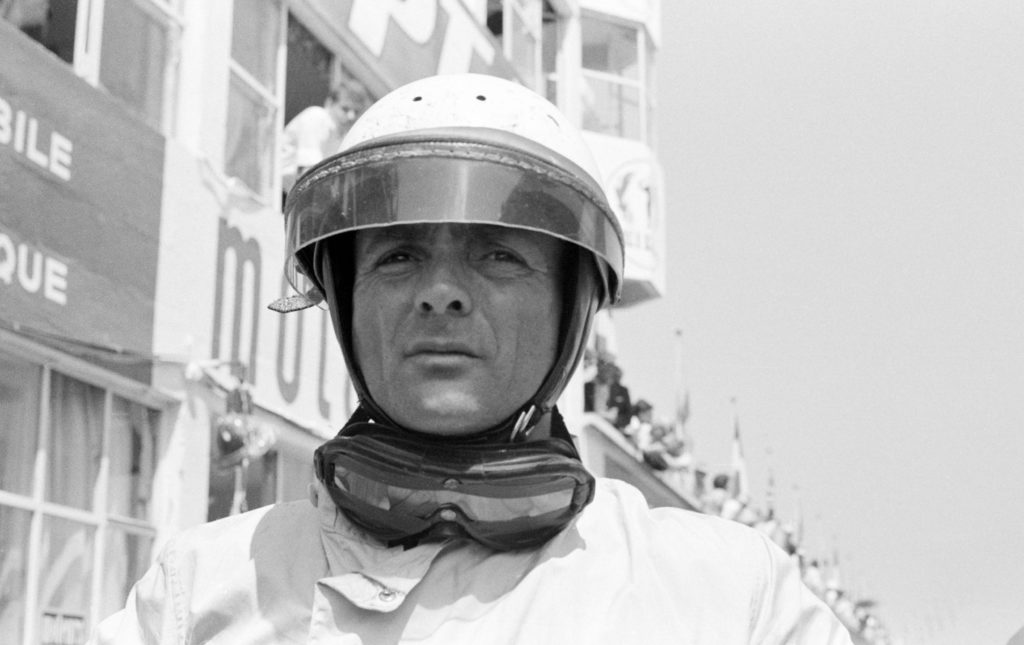
Klemantaski Collection/Getty Images
Hill thus seemed an unlikely addition to Scuderia Ferrari’s roster, which he joined full time in 1956 as “the ninth man on a nine-man team,” noted Sports Illustrated. Ever since the great Tazio Nuvolari’s epic drives for the fledgling Scuderia in the 1930s, Enzo had searched for a new garibaldino, a soldier in the mold of the Italian hero Garibaldi, with the same flair, fearlessness, and singular devotion to victory.
Hill didn’t fit the profile. Besides being manifestly cautious—he said an ulcer diagnosed in 1953 came from the epiphany that racing was deadly—Hill had other interests such as classical music and art, which Enzo considered distractions for dilettantes. And Hill, a bachelor, seemed to live a monk’s existence, spurning advances from female admirers. In a squad of habitually libidinous Italians, that left him the odd man out. They dubbed him “Hamlet in a helmet.”
Hill had reason to be wary. He was an eyewitness from the pit wall to Pierre Levegh’s 1955 Le Mans crash, ducking just in time to miss debris thrown from the flaming Mercedes as it exploded into the crowd. And Hill joined Enzo’s Scuderia as death gripped its ranks. First Alberto Ascari in 1955, then Eugenio Castellotti, Alfonso de Portago, and Luigi Musso. In 1958, after becoming the first Yank to crew a winning car at Le Mans, Hill was moved up to the A-team, slated to drive F1 for the ’59 season. But only because teammate Peter Collins had died that August at the Nürburgring.
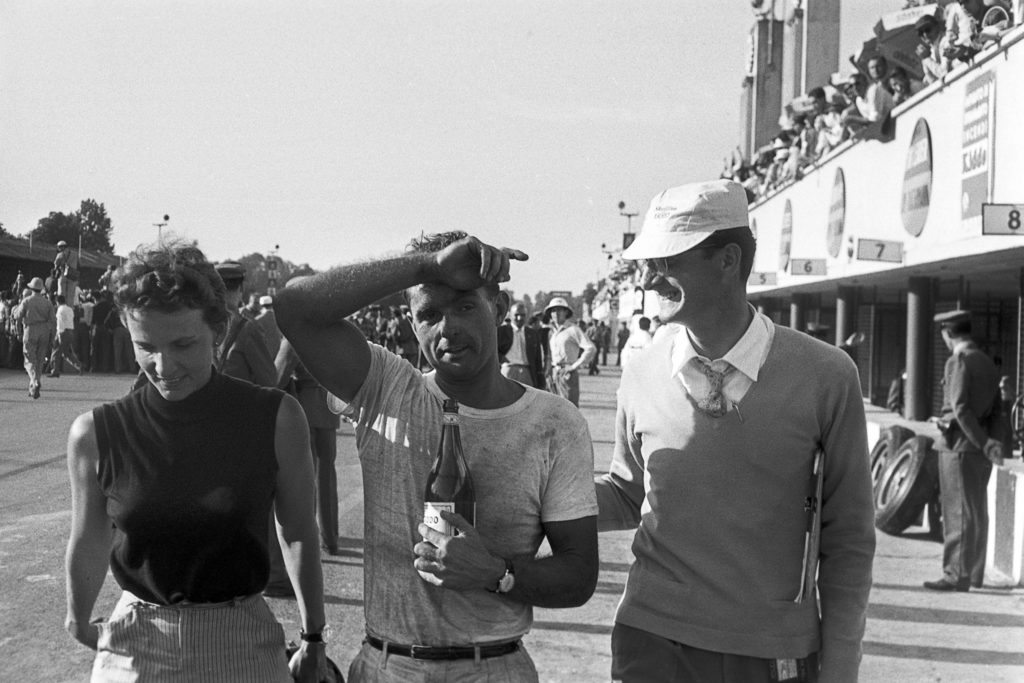
Phil Hill flanked by Ferrari Team Manager Romolo Tavoni and American journalist Denise McCluggage, 29 June 1958. Photo: Bernard Cahier/Getty Images
Hill’s promotion coincided with a shining moment for the Scuderia. For 1961, it had finally embraced the future with Vittorio Jano’s mid-engine Tipo 156, the famous “sharknose.” The car’s 1.5-liter, 120-degree “Dino” V-6 was the class of the field. Though Hill won only two races, he and teammate Wolfgang von Trips dueled for the championship up to the final European round at Monza. On the second lap, von Trips tangled with Jim Clark’s Lotus, and von Trips launched into the crowd, killing himself and 15 bystanders. Hill clinched the championship but under dreadful circumstances; he described von Trips’s funeral as one of the worst days of his life.
According to Hill, Enzo never said a word of thanks. Like many drivers, Hill saw Enzo as a father figure with a lot of similarities to his own father, and Enzo knew it and used it, stirring up sibling rivalry in the team to extract maximum effort. However, the Old Man unilaterally decided that Hill had lost interest in racing and fired him at the end of the ’62 season, seeing in the young bike racer John Surtees his next garibaldino. “I can’t say I’m heartbroken,” was Hill’s response.
“They were an absurd mob,” he told Ferrari biographer Brock Yates years later. “Ferrari was surrounded by flunkies, all seeking some sort of favor or approval.” Hill had been one of them. He quit racing for good in 1967, relieved to be one of few survivors from his era.
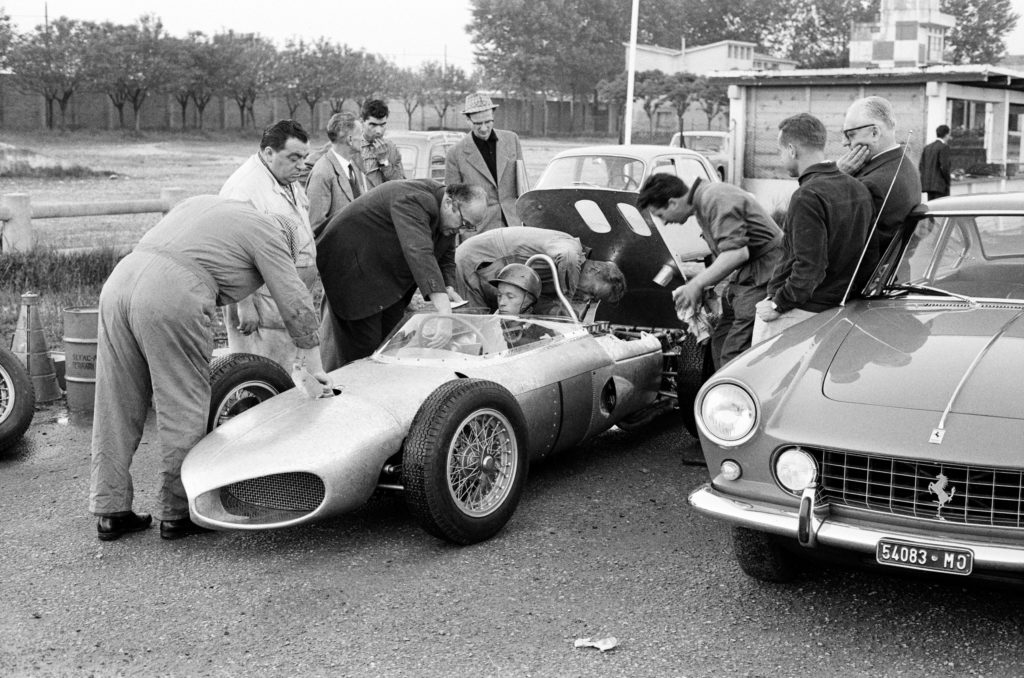
(R) Phil Hill standing beside the boss himself, Enzo Ferrari in 1961. Photo: Klemantaski Collection/Getty Images

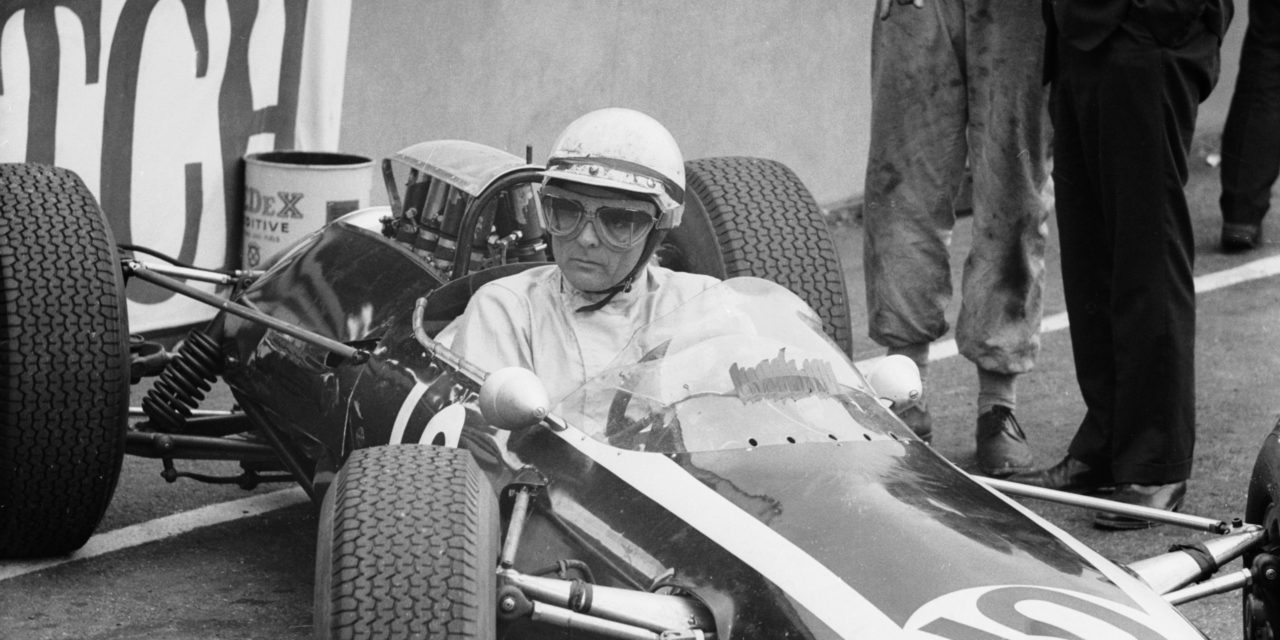
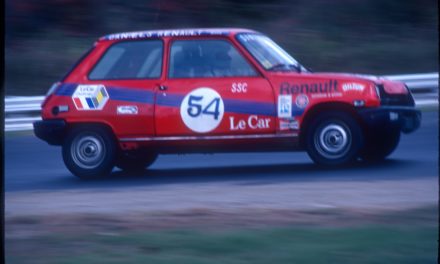
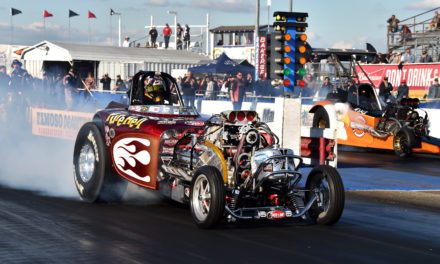
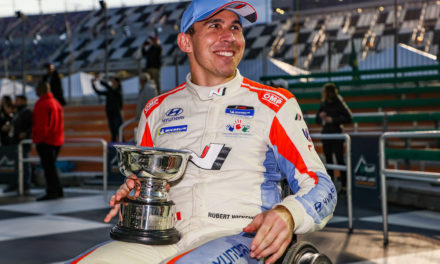


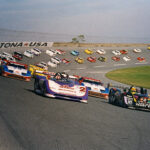
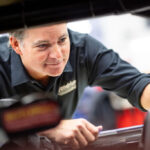
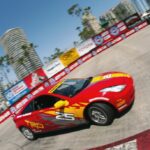
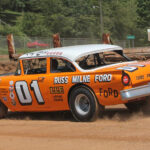
He mastered the Chaparral 2F, saw him race and win.